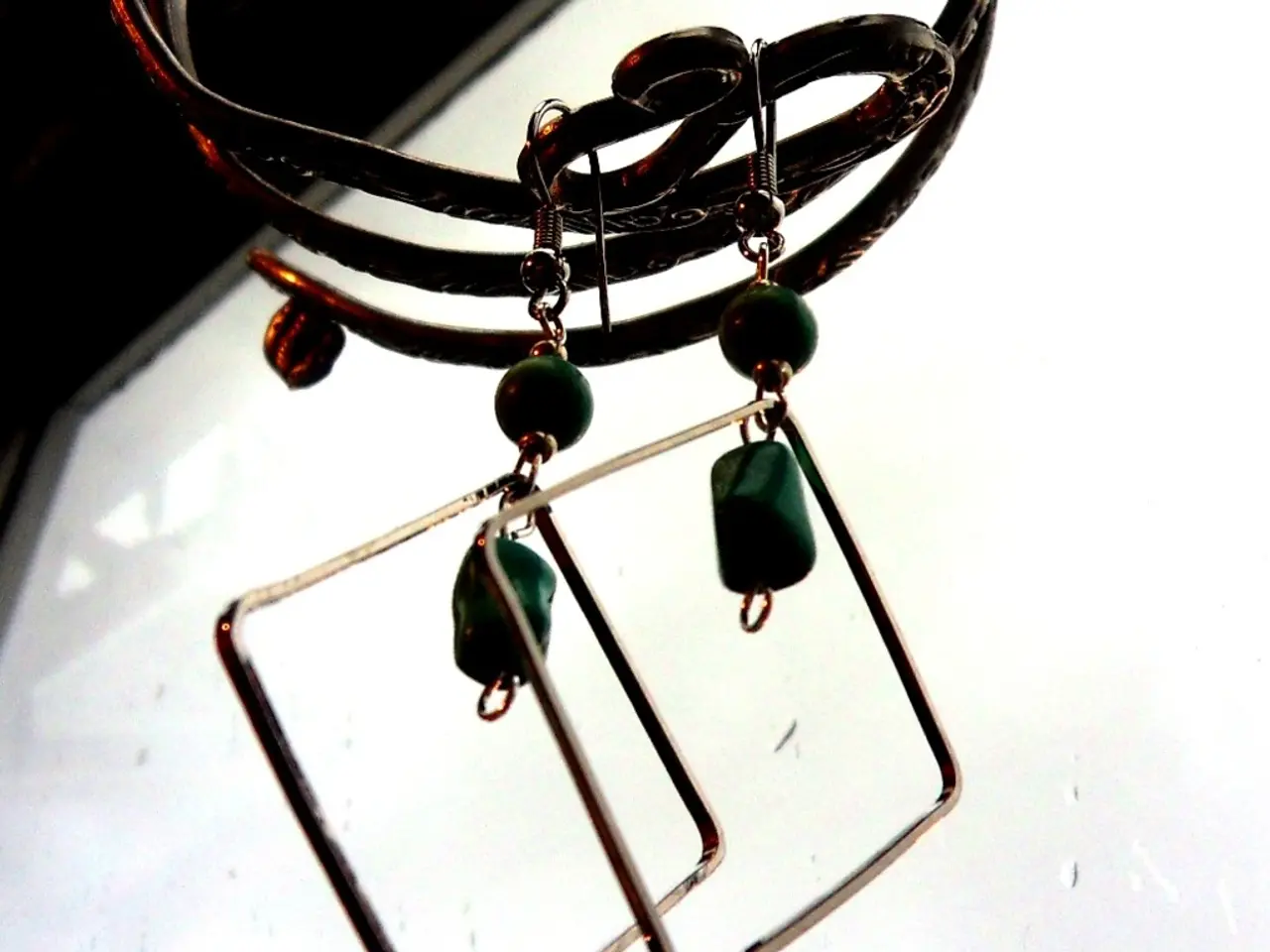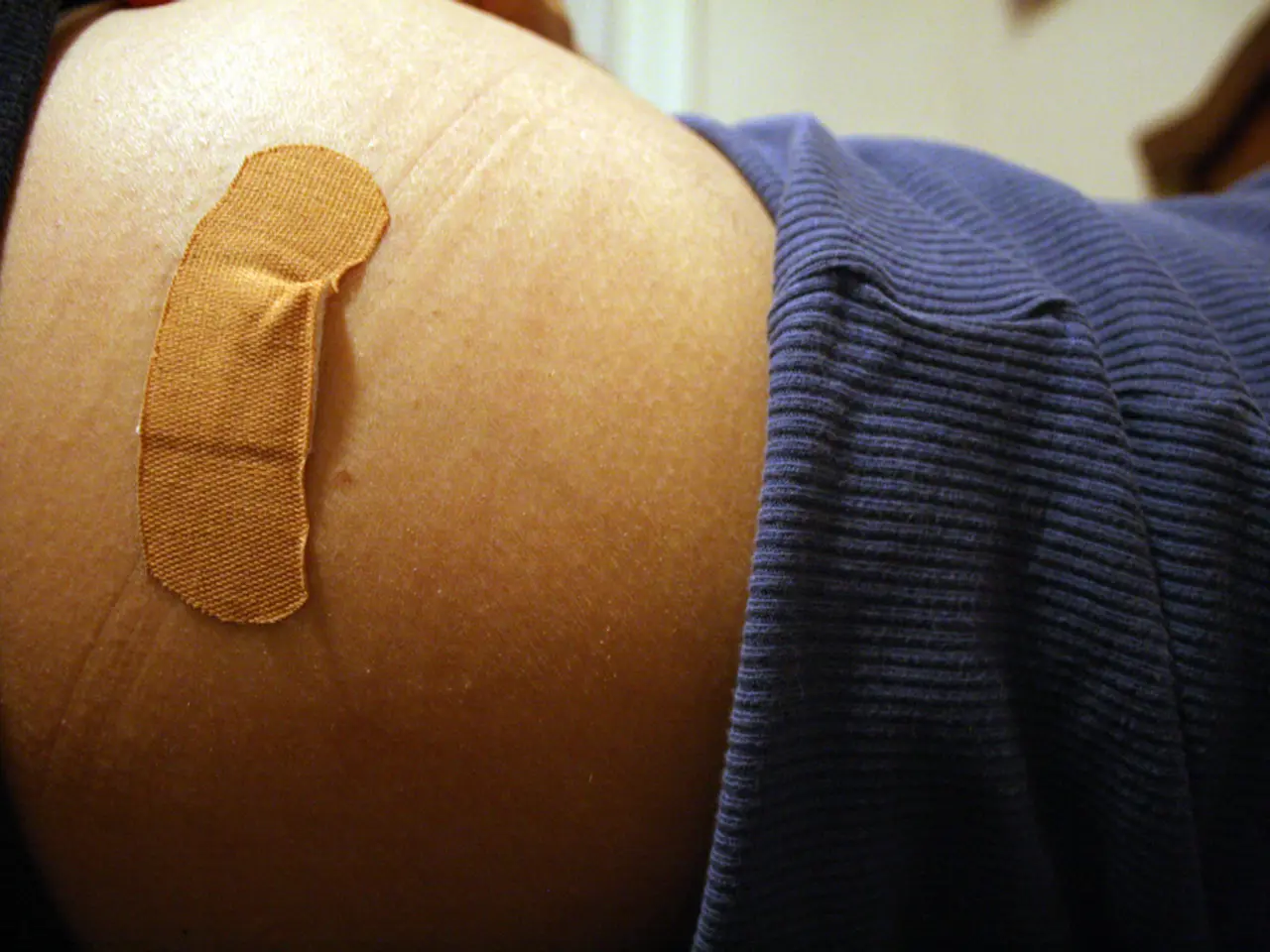Ear-side headaches: Root causes and solutions explained
Headaches behind the ear can be a source of discomfort and concern for many individuals. This article provides an overview of the possible causes and effective treatment options for such headaches, focusing on TMJ disorders, occipital neuralgia, and mastoiditis.
TMJ Disorders and Their Management
Problems with the temporomandibular joints (TMJ) can lead to headaches behind the ear. Causes of TMJ disorders include stress, teeth grinding (bruxism), arthritis, injury, unusual jaw alignment, depression, anxiety, autoimmune diseases, chronic pain conditions, and fibromyalgia.
Treatment options for TMJ disorders causing headaches behind the ear include a range of conservative and medical approaches. Dental devices such as custom-fitted bite guards or mouthguards worn during sleep can help keep the jaw joint properly aligned and prevent clenching or grinding that can worsen TMJ headaches.
Medications like muscle relaxants, anti-inflammatory drugs, and pain relievers can also provide relief. In some cases, botulinum toxin (Botox) injections may be used to relieve muscle tension contributing to headaches. Jaw exercises and physical therapy, stress management, and alternative therapies such as acupuncture and biofeedback are also beneficial.
Self-care measures, such as applying ice or heat to the jaw area, maintaining proper jaw rest position, and taking over-the-counter pain relief, can reduce pain during TMJ headache episodes. A multidisciplinary approach involving dentists, headache specialists, physical therapists, and pain management providers is often recommended to tailor an effective treatment plan.
Occipital Neuralgia and Its Treatment
Occipital neuralgia is a condition where the occipital nerves are injured or inflamed, causing pain in the upper neck, base of the head, and behind the ears. Symptoms include piercing, stabbing pain that lasts for a significant period. Treatment may involve muscle relaxants, nerve blocks, steroid injections, physical therapy, antidepressants, antiseizure drugs, nerve decompression, occipital nerve modulation, and radiofrequency ablation or cryosurgery.
Mastoiditis: An Ear Infection Requiring Immediate Attention
Mastoiditis is an ear infection that affects the mastoid bone behind the ear, often in children and infants. Symptoms include fever, discharge from the ear, tiredness, temporary hearing loss, and redness in the affected ear. Anyone with symptoms of mastoiditis should seek medical help as soon as possible to prevent complications from arising. Treatment may involve antibiotics, making a small hole in the eardrum to allow fluid to drain, inserting a tube into the eardrum, or surgery to remove infected cells from the mastoid bone.
In conclusion, headaches behind the ear can be caused by various conditions, including TMJ disorders, occipital neuralgia, and mastoiditis. Home remedies can often help manage symptoms, but it is essential to seek medical attention if symptoms persist or worsen. A combination of dental devices, medications, jaw exercises, stress management, and self-care under professional guidance offers effective relief for headaches behind the ear caused by TMJ disorders. For occipital neuralgia and mastoiditis, prompt medical intervention is crucial for successful treatment.
- TMJ disorders, often exacerbated by factors such as stress, bruxism, arthritis, and depression, can result in headaches located behind the ear.
- Effective treatment for TMJ-related headaches involves diverse methods, including dental devices like custom-fitted bite guards, medications like muscle relaxants and pain relievers, and alternative therapies like acupuncture and biofeedback.
- Occipital neuralgia, a condition characterized by injury or inflammation of the occipital nerves, can also cause headaches in the upper neck, base of the head, and behind the ears.
- Treatment for occipital neuralgia may include various approaches such as nerve blocks, steroid injections, antidepressants, and occipital nerve modulation, as well as immediate medical attention for detecting any underlying neurological disorders.
- Mastoiditis, an ear infection affecting the mastoid bone behind the ear, primarily in children and infants, is a medical condition that requires immediate attention due to the potential complications.
- Recognizing and addressing symptoms of mastoiditis promptly, such as fever, ear discharge, hearing loss, and redness, ensures timely treatment through methods like antibiotics, eardrum drainage procedures, tube insertion, and surgery to remove infected cells.




